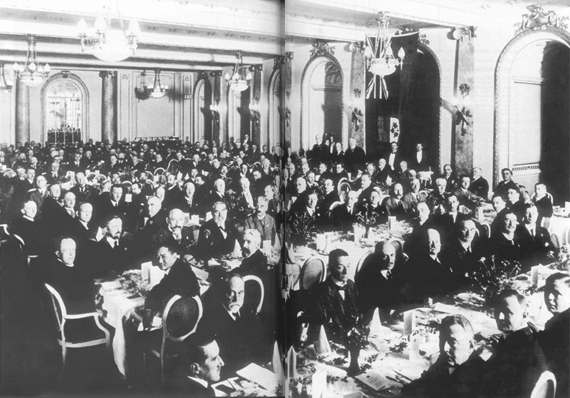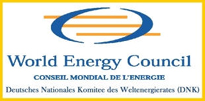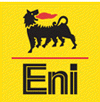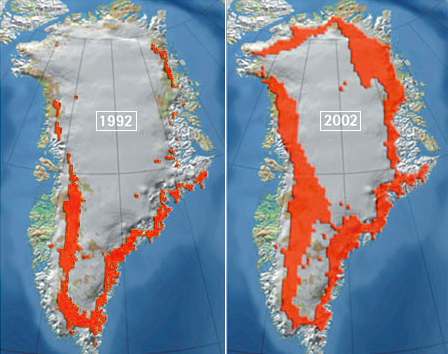|
WORLD ENERGY COUNCIL - WEC
|
||||||||||||||||||||||||||||||||||||||||||||||||||||||||||||||||||||||||||||||||||||||||||||||||||||||||||||||||||||||
|
HOME | BIOLOGY | BOOKS | FILMS | GEOGRAPHY | HISTORY | INDEX | INVESTORS | MUSIC | NEWS | SOLAR BOATS | SPORT |
||||||||||||||||||||||||||||||||||||||||||||||||||||||||||||||||||||||||||||||||||||||||||||||||||||||||||||||||||||||
|
OBJECTS
WEC's Mission: "To promote the sustainable supply and use of energy for the greatest benefit of all people"
This mission is carried out through the Objects, which were approved at WEC's founding in 1924 and modified over the years to adapt to the changing energy industry and the changes within WEC.
WEC's objects (the "Objects") as they exist today are to promote the sustainable supply and use of energy for the greatest benefit of all people, by:
WEC ACTIVITIES
The
World Energy Council offers a wide variety of services, programmes and
activities to its members as well as to the energy industry at large and
to the general public. WEC is well known on the global energy scene for
its authoritative reports, analyses, research, case studies, medium and
long-term energy projections, and policy and strategy recommendations.
The work of the organisation spans the entire energy spectrum -- coal,
oil, natural gas, nuclear, hydro and new renewables -- and focuses on
such topical areas as market restructuring; energy efficiency; energy
and the environment; financing energy systems; energy pricing and
subsidies; energy poverty; ethics; benchmarking and standards; use of
new technologies; and energy issues in developed, transitional,
developing countries. For more information on WEC's activities, click on
one of the following:
WEC HISTORY
Throughout
its history, the WEC has been non-governmental and non-commercial and
thus has been seen as objective and realistic in its analyses and in its
agendas for action. As we enter the 21st century, WEC continues to grow
and expand, building on its long and stable history as one of the key
players on the global energy scene.
The early years
Shortly after World War I, Scotsman Daniel Dunlop (left), a visionary working in the British electricity industry, decided to bring together leading energy experts for a World Power Conference to discuss current and emerging energy issues. In 1923, he began working with countries around the globe to establish national committees that would stimulate attendance and prepare for technical participation at such a conference.
The First World Power Conference was held the next year, 1924, in London and attracted 1,700 delegates from 40 countries. The meeting was so successful that those attending decided to establish a permanent organisation to continue the dialogue begun at the conference.
On July 11, 1924, the World Power Conference was formally established. National Member Committees formed the core of the organisation, an International Executive Council (IEC) was established to act as the governing body, and a set of Objects was adopted to guide the organisation's work. Daniel Dunlop was appointed Chairman. In 1928, Charles Gray (left) became Secretary of the IEC. He was to hold that position for nearly 40 years, until 1965, when Eric Ruttley took over the post. The title and role of the position evolved over the years into what is today the position of WEC Secretary General.
The Objects were modified in 1958 and again in 1968, at the Conference in Moscow, when the organisation's name was changed to the World Energy Conference. The new title provided a more accurate description of the organisation's focus on the entire spectrum of energy. Shortly thereafter, the annual meeting of the World Energy Conference (WEC) became known as the 'Congress' to differentiate the annual event from the parent organisation.
The Triennial Congress
In 1978, a special WEC Conservation Commission published a seminal report, World Energy: Looking Ahead to 2020, which was a comprehensive examination of the global energy scene, bringing together market economy countries, centrally planned economies and developing countries. This report was widely read and formed a starting point for many of WEC's future reports, studies, and activities.
In 1981, the IEC agreed that the triennial Conference would henceforth be designated as the "Triennial Congress".
At the 1986 Congress, held in Cannes, France, a new feature, the Technical Exhibition, consisting mainly of energy supply equipment, was introduced. The Exhibition met with such a high degree of success that it became a regular part of following Congresses.
Also at the Cannes Congress, Eric Ruttley (left) resigned as Secretary General of WEC after steering the organisation through two decades of extraordinary changes. He was succeeded by Ian Lindsay, who came to WEC with over 30 years' experience in the oil industry. Over the next decade, Lindsay was to continue Ruttley's success in increasing WEC's membership, authority, and influence.
In 1989, WEC published another landmark report, Global Energy Perspectives 2000-2020. This report was an important consensus based on two global energy scenarios, one moderate and one more conservative. The report gained worldwide attention and was used by many policymakers and decision-makers as they considered the future.
At the 1989 Montreal Congress, based on the success of the Global Energy Perspectives report, WEC decided to undertake an ambitious new study, Energy for Tomorrow's World: Realities, Real Options, The Agenda for Achievement. The new study would serve as the main focus and underpinning for the 1992 Congress in Madrid. A special Commission Board convened a small team of high-level energy specialists lent by five Member Committees to draft the study report. After much effort, the report was finally published in 1993.
Recent history
In the three years leading up to the 1992 Madrid Congress, WEC reorganised its finances to increase substantially the annual subscriptions it charged its members. The more robust financial picture enabled WEC to support expanded programmes and services for its membership, which had swelled to nearly 100 countries. A special WEC Foundation was also set up to help fund the work of WEC, with 24 Member Committees and several outside organisations contributing nearly £1.2 million. The organisation also changed its name to the World Energy Council, and the International Executive Council was renamed the Executive Assembly.
In December, 1997, WEC Secretary General Ian Lindsay (left) became seriously ill and died unexpectedly the following spring. He was deeply mourned. His 12-year tenure of service and his significant contribution to WEC's growth and its increasing importance on the world energy scene were recognised during the first session of the Executive Assembly at the Houston Congress. After an international search, Gerald Doucet (below, right), President and CEO of the Canadian Gas Association, was selected as WEC's new Secretary General.
Also at the Houston Congress, WEC's Global Energy Information System (GEIS), an Internet-based, value-added information service, was introduced. GEIS has become a significant benefit of WEC membership and an important interactive communication tool for members as well as a way to publicise WEC and its work to the world at large.
In 2000, WEC published another landmark report, Energy for Tomorrow's World - Acting Now!, which re-examined the premises and conclusions of the 1993 Energy for Tomorrow's World. Nearly 20,000 copies of the report were distributed to WEC members, energy leaders, government officials, and the media.
In 2001, a major step forward was taken when WEC was incorporated as a charity limited by guarantee under UK law.
WEC Patrons
The World Energy Council wishes to thank the companies listed below for their support. For further information on how to become a WEC Patron, please contact the Secretary General. The World Energy Council also wishes to recognise the support of the sponsors of the 20th World Energy Congress which will take place in Rome in November 2007.
Main Sponsors of Rome Congress 2007
WEC Member Committees
WEC has a Member Committee in 94 countries world-wide. To become a member or to find out more details about WEC meetings near you, select your country from the drop down menu on the right.
London Office headquarters
World Energy Council
Nearest Tube Station: Piccadilly Circus (Exit 1 - walk up Glasshouse St, Warwick Street is at the far end where the street heads left, the office is in Regency House near this junction)
[Material for this article was excerpted from the 1998 publication, World Energy 1923-1998 and Beyond, written by Professor Ian Fells to celebrate WEC's 75th anniversary.]
Greenland ice sheet melt extent
MORE LOCAL AGENDA 21 UK PARLIAMENT A-Z HOUSE OF LORDS A-Z UK COUNCIL'S AGENDA 21
Solar Cola drinkers care about climate chaos ......
....... Pioneering research for the Planet
(330ml and 250ml alu cans 500ml PET bottle)
|
||||||||||||||||||||||||||||||||||||||||||||||||||||||||||||||||||||||||||||||||||||||||||||||||||||||||||||||||||||||
|
This
website
is Copyright © 1999 & 2012 NJK. The bird |
||||||||||||||||||||||||||||||||||||||||||||||||||||||||||||||||||||||||||||||||||||||||||||||||||||||||||||||||||||||
|
AUTOMOTIVE | BLUEPLANET | ELECTRIC CARS | ELECTRIC CYCLES | SOLAR CARS |















